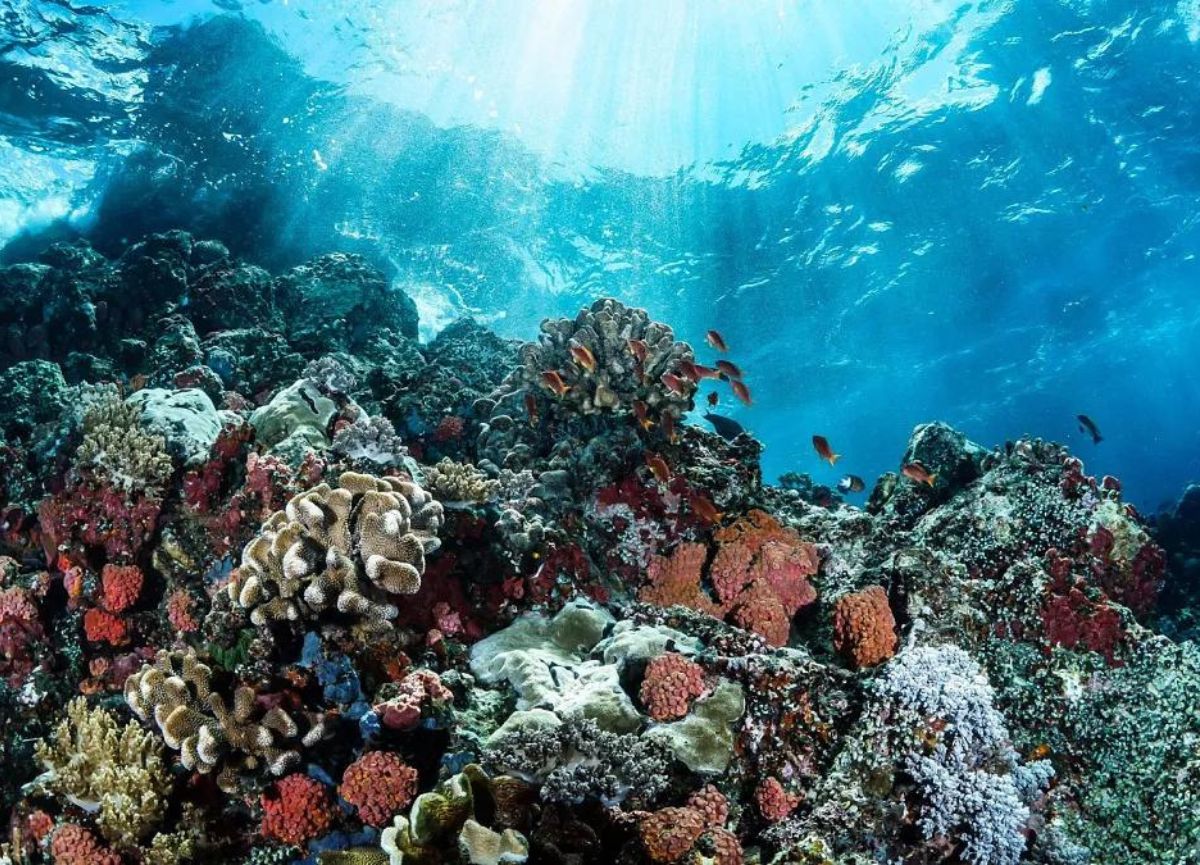In a groundbreaking development for marine conservation, Australian scientists have successfully tested a novel method for preserving coral larvae from the Great Barrier Reef.
This innovative technique, utilizing a lightweight “cryomesh,” could revolutionize efforts to protect and restore coral reefs facing the mounting threat of climate change.
The Great Barrier Reef, one of the world’s most iconic marine ecosystems, has endured four bleaching events in just seven years, including an unprecedented occurrence during a La Nina period.
As ocean temperatures continue to rise, researchers are racing against time to develop solutions for reef preservation.
The new cryomesh technology, developed by a team from the University of Minnesota’s College of Science and Engineering, offers a more cost-effective and efficient alternative to current cryopreservation methods.
Unlike existing techniques that rely on complex equipment such as lasers, the cryomesh can be produced inexpensively and has shown superior results in preserving coral.
In December, scientists conducted the world’s first trial using Great Barrier Reef coral at the Australian Institute of Marine Sciences (AIMS).
The experiment, which coincided with the annual coral spawning event, demonstrated the cryomesh’s ability to freeze coral larvae at an astounding –196 degrees Celsius.

Dr. Mary Hagedorn, Senior Research Scientist at AIMS, emphasized the significance of this breakthrough, stating,
“This technology is a real game-changer for coral reef conservation. By securing coral biodiversity, we’re equipping ourselves with vital tools for future reef restoration efforts.”
The cryomesh has already shown promise in trials with smaller Hawaiian coral varieties, although attempts with larger species were less successful.
Researchers are now focusing on expanding trials to include a wider range of Great Barrier Reef coral species.
This collaborative project involves experts from AIMS, the Smithsonian National Zoo and Conservation Biology Institute, the Great Barrier Reef Foundation, and the Taronga Conservation Society Australia.
It forms part of the broader Reef Restoration and Adaptation Program, aimed at developing innovative solutions for reef conservation.
Jonathan Daly of the Taronga Conservation Society Australia highlighted the potential impact of this new technology, explaining,
“This advancement will enable us to support aquaculture and restoration interventions at a scale that was previously unattainable.”
As climate change continues to pose severe threats to coral reefs worldwide, this cryopreservation breakthrough offers a glimmer of hope.
By allowing scientists to store and potentially reintroduce coral species, the cryomesh technology could play a crucial role in maintaining the biodiversity and resilience of these vital marine ecosystems for generations to come.




